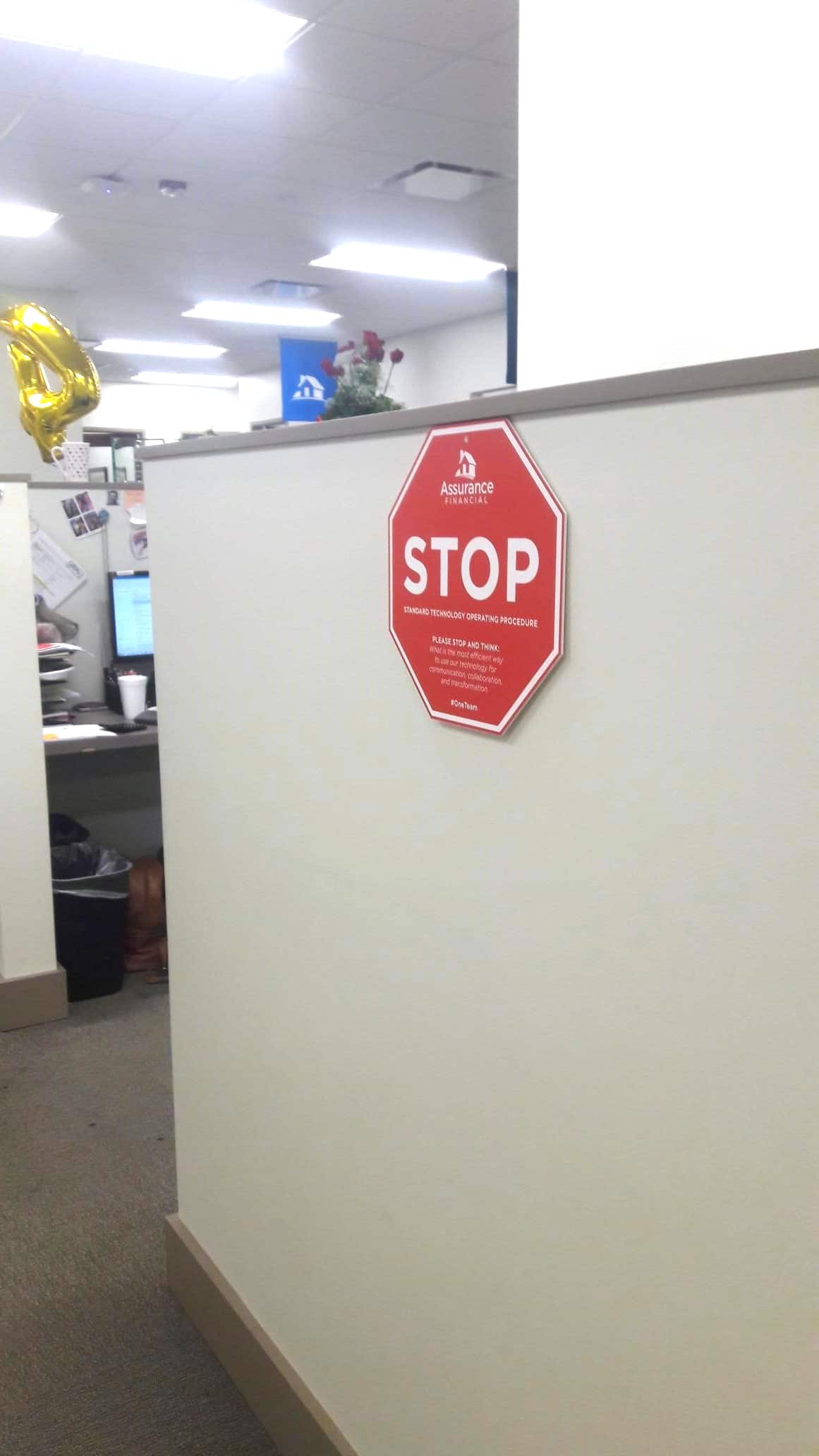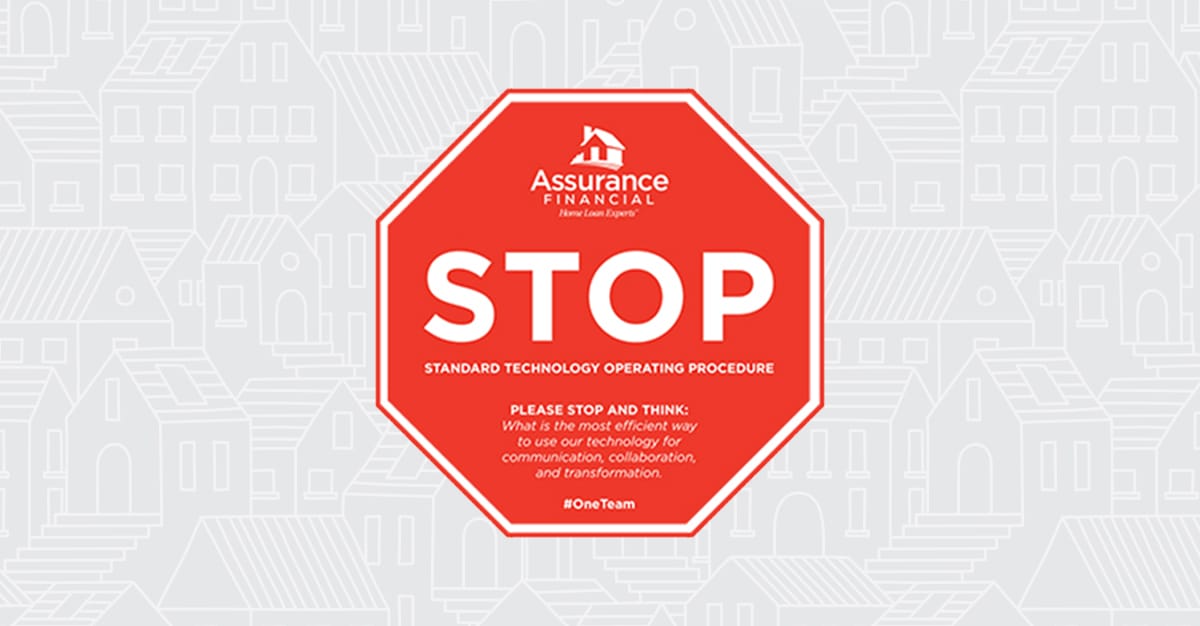No matter what industry you’re in, nor how many ways you say something, it is only in documenting and publishing a process that you can standardize it. This is not always the fun work, but it can be the most powerful.
Especially in the mortgage industry, most loans have a very typical process of moving through a system. Lead – Application – Processing – Underwriting – Funded. What could be confusing about “the way we’ve always done it?” It’s probably no surprise, but the most confusing part is getting everyone to agree on this standard process. Somehow thousands of loans are started and closed, yet in a room full of long-term employees, many do not agree with any one way to process a loan. You know how this goes….
“Well, with most loans, I start like this, but with that loan officer, I usually do that, and sometimes I just go ahead and order the appraisal, but sometimes they prefer their own, and I usually check that box, but in some cases I think it’s confusing, but really, they’re pretty much all the same process.”
HUH? There’s actually nothing standard about it. Hence training and replacing absent employees can be a longer and more expensive process than needed. And, now enters the ultimate standardization opportunity – DigMo! So, how do we take several new pieces of technology, train everyone to a rote process on them, measure efficiency, and find ROI in this huge investment? In a word: STOP. In four words: Standard Technology Operating Procedure. At Assurance Financial, we designed a procedure to ask everyone to stop and think: What is the most efficient way to use our technology for communication, collaboration, and transformation?
As the digital mortgage opportunities continue to impress and ease the burden of loan processing, it is an exciting time! However, it is imperative to bring everyone in your company along at once – whether or not they are directly involved in the technology of the moment. How many employees you have are the number of potential champions in your market who can be buzzing with enthusiasm. Also, when everyone is included then the buy-in is much higher. Even if you have only adopted a digital application tool and no other tools, ultimately, every department is going to be tasked with new technology and procedures. Getting them involved early gives them plenty of time to mentally prepare for the change.
Here’s how we did just that. Starting two months before releasing our new marketing operating system and our digital application, we held three meetings that included at least one or two people from every department. We celebrated these new investments and explained the digital road ahead. Then, we dug in and got everyone to agree (eventually) on the best practice for getting a borrower from start to finish through our company with using the new tools. We had strict ground rules that noone was allowed to say, “that’s how we’ve always done it.” Everyone had to leave “my way” at the door and only invite “best practice” to join them in the meeting.
We started with clearly defining the customer journey from end to end. We put a title as headers for each part of the process and wrote clear steps to complete them. Then we eventually wrapped it up with a published edition with “Version 1” at the bottom. We explained there would be many more versions to come, and we would keep up with that number on our intranet. We then printed them on nice paper, ordered fun tchotchkes for promotion, and shipped it in a box to all of our locations. Stickers for computers so they don’t forget, signs for the office walls, and mousepads were included. (PM me if you’d like to see the one-page published process.) Creating some fun around the change and doing it in advance made adopting our new tools more palatable for the company. Two technologies down, FIVE more to go (at least), and the first STOP version published. Can’t wait to set my eyes on Version 12!

Katherine Campbell, Director of Marketing at Assurance Financial
Published on February 13, 2019


